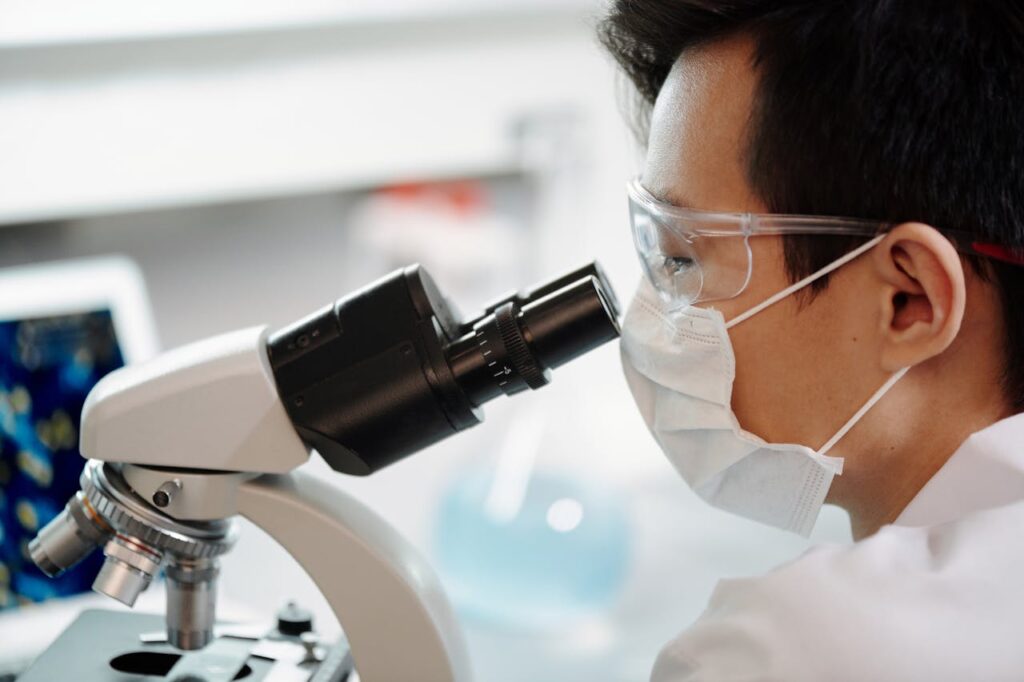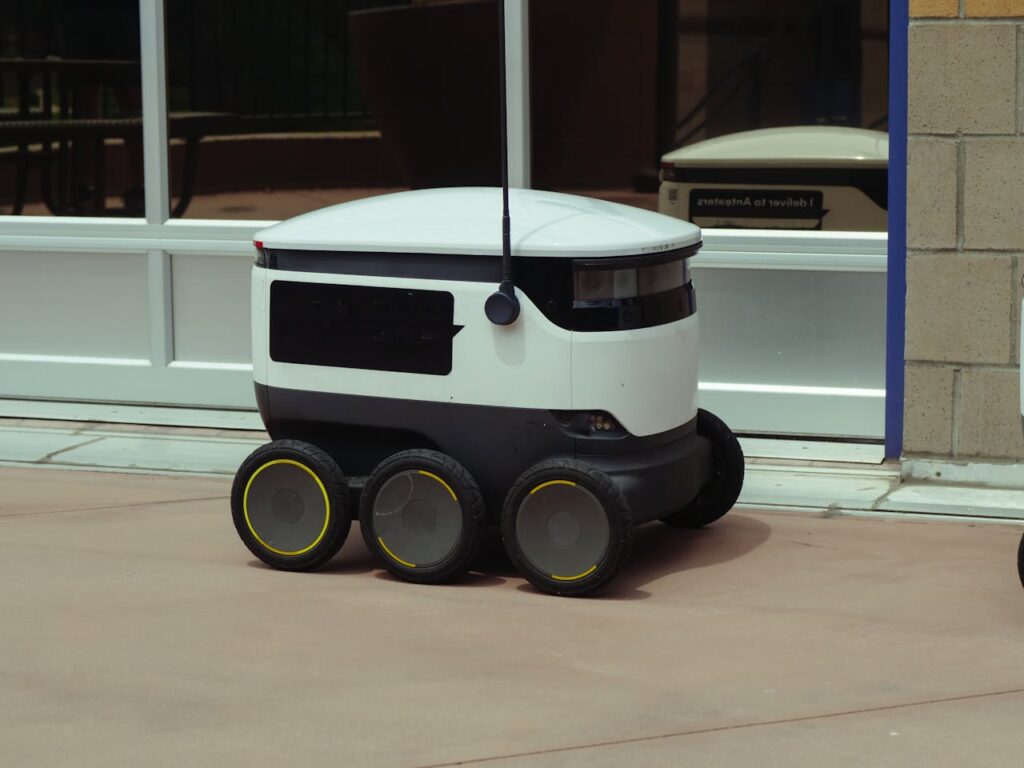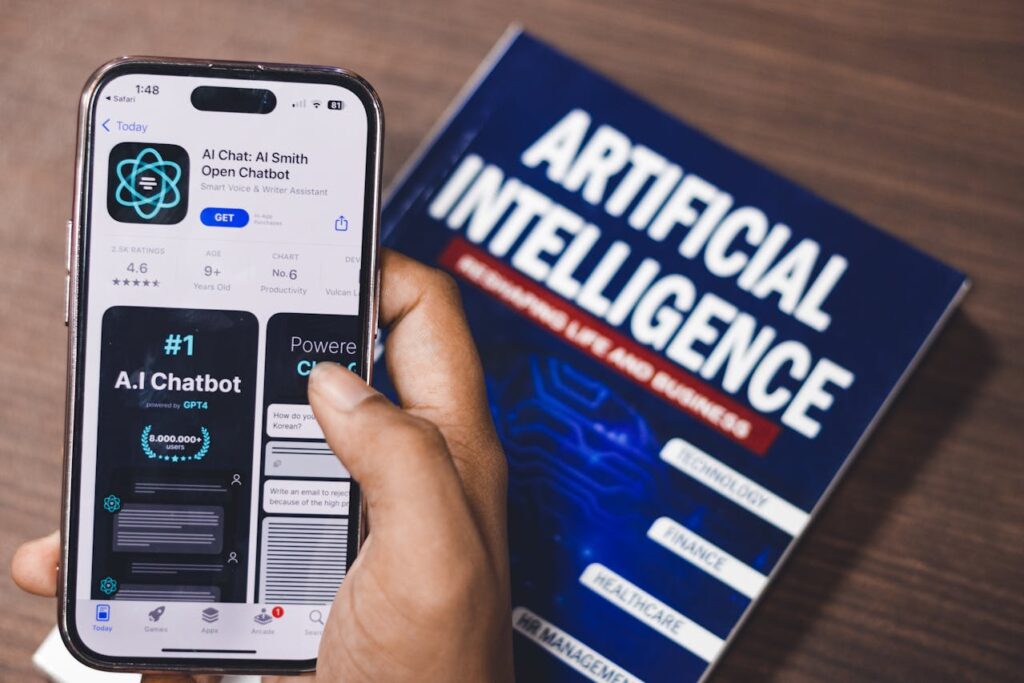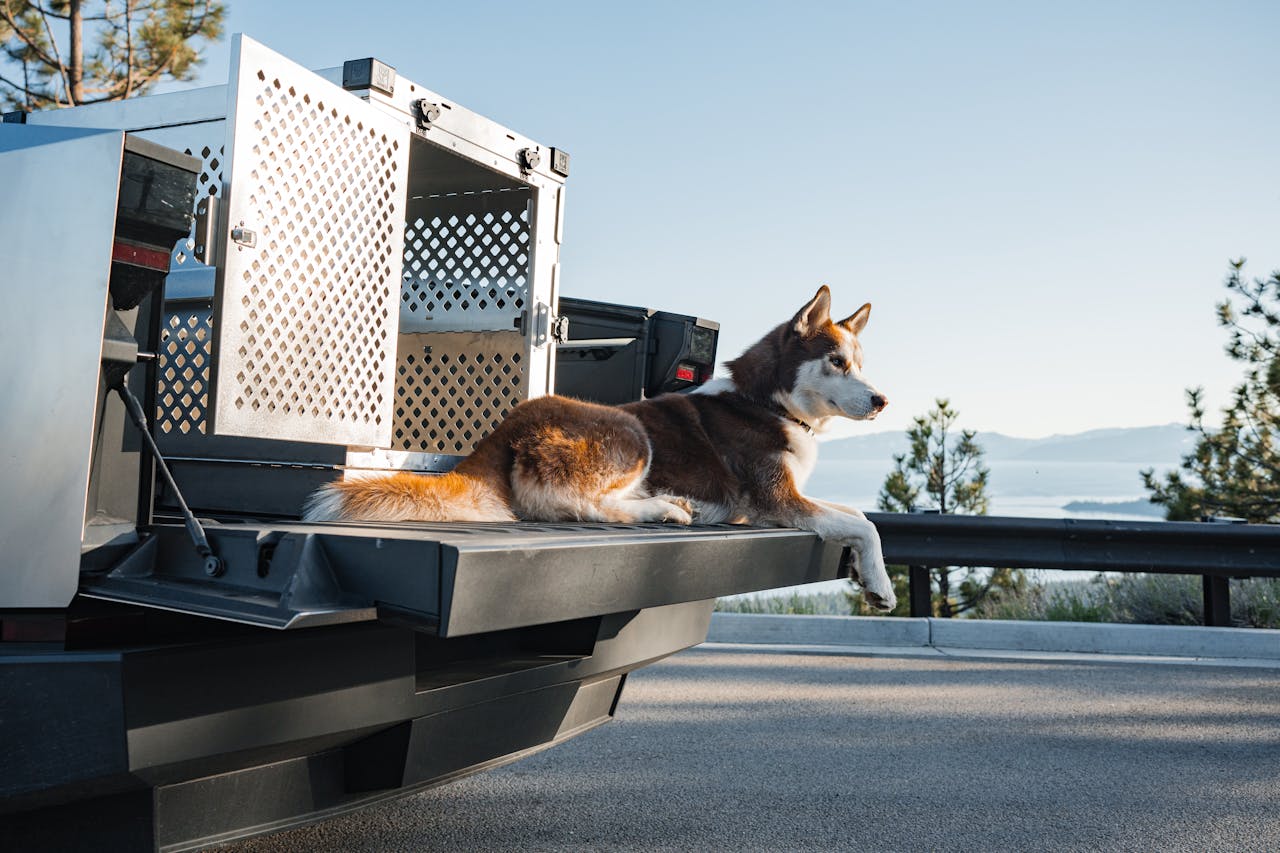Top 10 Real-Life Applications of Artificial Intelligence in 2025. Explore top real-life applications of AI in healthcare, enhancing efficiency, innovation, and personalization.
Introduction
Artificial Intelligence does change how we conduct our lives, do jobs, and interact with the surrounding environment. It became clear by 2025 that AI is no longer just a future promise; rather, it has become an integral part of industries that require efficiency and innovation, encouraging personalization.
The multiple sectors of human life experience a complete transformation through artificial intelligence applications ranging from AI healthcare to transportation and retail. This article examines the ten most practical AI applications for 2025 that create substantial changes throughout multiple sectors.
Top 10 Real-Life Applications of Artificial Intelligence in 2025
The science fiction concept of Artificial Intelligence transformed into a dominant operational force which people use daily. The year 2025 introduces AI as a discreet operator which transforms industry sectors while impacting daily personal procedures and choice-making processes.
1. AI in Healthcare Diagnosis & Drug Development
AI in healthcare is making the lives of doctors easier when diagnosing patients. Be it analyzing an X-ray of a patient or looking at an MRI scan or spotting the early signs of cancer or very early brain disorders, AI has made these activities easier while providing super-smart assistance to healthcare professionals.

Drug discovery also plays an important role: it helps reduce time in finding treatment for complex disease and estimating the effects of therapy, all the while reducing costs as well. These are possible through collaboration among leading providers of AI technology in healthcare and focus on medical diagnostics.
2. Autonomous Vehicles & Smart Traffic Systems
Automated vehicles operate through experimental testing in controlled spaces all across the world. The autonomous vehicle system powered by AI utilizes genuine-time sensor output from cameras combined with maps and other sensors for making safe driving choices.
The self-driving cars produced by Tesla and Waymo stand at the crest of this revolution. AI manages traffic lights according to congestion in the urban setting, predicts the chances of an accident, and even assists in guiding emergency vehicles through the clearer path.
3. AI-Powered Virtual Assistants & Chatbots
Standardized methods of understanding user input have improved digital marketing AI so that it now functions similarly to human interactive systems.
These computer-generated assistants have expanded their capabilities to include both booking your meetings and aiding with technology solutions, as well as ruling over smart home machines.
4. Personalized Shopping & Recommendations
Amazon and Netflix use AI-based marketing for recommending products through their recommendation engines that assess customers past activities and preferences combined with current time parameters.
Your engagement with these systems helps them learn better product suggestions because they adapt through each interaction. Businesses use customer behaviour analysis to deliver the most accurate advertisements.
5. AI in Finance & Fraud Detection
AI in finance has turned out to be essential for banks and fintechs in scanning millions of transactions in seconds to detect any unusual activity. Fraud detection systems powered with AI can flag potential fraud faster than human analysts, thus safeguarding money in real time.
It is also being applied to measure the creditworthiness of individuals, portfolio management, and even giving financial advice based on market trends. While research and development in finance and AI further enhance these capabilities, AI in banking further improves the accuracy of these systems.
6. Smart Manufacturing & Predictive Maintenance
The incorporation of AI technology makes factories more intelligent for manufacturing purposes. Manufacturing devices provide advance notifications about impending malfunctions which prevent production halts through unnecessary downtime.
Ear robotic arms conduct repeated factory operations as AI-powered robots provide operational control. AI robots function with human personnel to execute repetitive and risky jobs with high accuracy and velocity, thereby making processes more efficient and protected.
7. AI in Education & Adaptive Learning Platforms
Students nowadays receive personalized learning experiences through AI-driven platforms. The tools adjust the content in real-time, depending on how fast a student learns, their weak areas, and their interests.
To allow teachers more time to spend on the creative, human side of teaching, grading and tracking student progress have been automated.
8. AI in Cybersecurity
In ai in cybersecurity, the formulations of cyber attacks on businesses today, the front-line defence for many companies is artificial intelligence in cybersecurity. It detects unusual activities, identifies patterns, and adapts to new evolving cyber threats in real-time.
Unlike conventional security tools, AI does not just react but anticipates and prevents breaches. AI modules, such as cyber threat intelligence and automated threat detection systems, are becoming essential to risk mitigation.
9. Content Creation & Language Processing
In marketing automation tools like ChatGPT, Jasper, or others, AI assists marketing professionals, bloggers, and businesses in article, advertisement, social media posting, and script generation within minutes.
The translation, proofreading, and summarization of long documents begin here, enabling cross-border communication flows with unprecedented efficiency. Natural language processing allows translation to be accurate, including tools such as Spanish language translators and translation from English to Urdu.
10. Agriculture & Precision Farming
AI is transforming the traditional cultivation of agriculture. Sensors and drones are smart systems that monitor soil conditions, moisture, and crop health.
The precision farming maximizes every single aspect of efficient agricultural practices, from seed planting to harvesting. AI is now bringing agriculture in a more environmentally safe and efficient manner.
How do retailers use AI in 2025?
- Personalized Shopping: In the AI context, the analysis of consumers’ shopping behaviors in real time is used to recommend products that suit their personal preferences.
- Chatbots and Virtual Assistants: Retailers have been using AI chatbots to provide customer support with product queries, giving customers a 24/7 helping hand.
- Dynamic Pricing: AI oversees price changes considering demand, competition, and inventory to maximize profit and sales.
- Inventory Management: AI predicts stock requirements and automates the reordering process to avoid wastage and empty shelves.
- Visual Search & AR: Consumers use AI image searches and virtual try-ons to help them decide on their purchases.
- Fraud Detection: AI screens transactions for any suspicion to protect both retailers and consumers.
How is AI changing transportation in 2025?
An estimated change comes for transport classes in 2025. AI-enhanced transport solutions promise to reduce safety hazards and intelligently better travel efficiency. Advanced AI algorithms will steer self driving cars and trucks to prevent collisions and keep them going with greater precision than human drivers since by then they will navigate the roads, recognize obstacles, and react to changes in conditions.

Public transport is enabled with real-time route optimization and predictive scheduling in public transport systems to reduce waiting time and enhance the the rider experience. In logistics, AI streamlines delivery routes, reduces fuel consumption,, and enhances last-mile delivery with autonomous robots and drones.
Predictive maintenance is one of the areas covered by AI. It captures underlying mechanical issues before they become potential problems and allows vehicles to stay roadworthy for longer.
Indeed, AI is making roads safer, and self-driving cars with obstacle recognition and faster decision-making than humans reduce accidents from driver-error-related injuries.
Yes, public transport systems are making use of AI advancements in route optimization, demand prediction, and scheduling for improvements in travel efficiency and less stress for commuters.
Last-mile deliveries these days employ AI in the form of robots and drones. This improves the speed of delivery and also trims the costs to ensure more efficient service.
Conclusion
AI continues to reshape industries in 2025 by making operations more efficient, safe, and personalized. In the AI healthcare industry, developers build driverless vehicles, innovate in AI and marketing, and create solutions for cybersecurity jobs.
AI is everything in terms of innovation across sectors. Perhaps as technology advances, AI will develop even smarter, more sustainable solutions to enhance our daily living, automate working processes, and create new paths toward the future.



